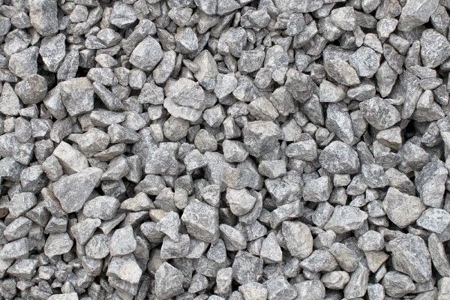Driveways and gardens

There are many reasons why we cover over our gardens with hard surfaces. You may want off-road parking, a patio or you’re just fed up with mowing the grass, but it’s important to know the impact of removing grass in favour of impermeable surfaces and the different options that are available.
A recent survey carried by Aviva showed that 25 percent of homeowners with outside space have turned some of their garden into a driveway, and 10 percent have replaced a natural lawn with artificial grass. Changes like these can often have a negative impact on wildlife and increase the risk of flooding in heavy rainfall as water is unable to soak into the ground.
Did you know?
If you are planning to change your front garden into a driveway you may need planning permission. If you cover more than five square metres with an impermeable surface, planning permission will be needed if the new layout does not allow for water to run to a permeable area e.g., a soakaway within your property boundary. You should make sure that any increase in surface water runoff is not directed towards the highway.
The kerb between the road and a pavement plays an important role in keeping water on the highway and moving it towards highway drainage. If you are considering a dropped kerb and your property is lower than the highway, you should carefully consider whether this could increase the risk of surface water flooding to your property
Impermeable surface
An impermeable surface is any material that does not allow water to travel through it. Examples include concrete, tarmac and paving.
If you are thinking about changing your garden or replacing a current driveway, think about whether you can use permeable materials. Alternative ways to create your desired look whilst providing the same result include:

Loose gravel

Wheel tracks

Porous concrete

Permeable paving
Not only can these options look great, but they also allow water to drain away and minimise surface water runoff.
If you already have an impermeable driveway or cannot use permeable surfaces you can improve water infiltration by directing water towards a permeable area or sustainable drainage feature such as a rain garden or soakaway.
Take a look at the Environment Agency’s guidance on permeable surfacing of gardens.
A real grass lawn
Grass lawns have multiple benefits including producing oxygen, absorbing water, providing cooling effects, supporting wildlife and improving mental wellbeing. However, in recent years there has been a growing trend for artificial lawns despite several studies showing that artificial lawns have poor drainage and can increase the risk of surface water flooding.
Instead of replacing your lawn think about taking steps to flood proof your real grass:
- Level up – gardens can have uneven areas where water will pool. Apply a mixture or sand and topsoil in the summer and lightly compact to level up your lawn.
- Aerate - Pricking or slitting the grass surface with shallow holes (2-3cm) in early September can help drainage over the winter months.
- Grass health – applying fertiliser in spring can help grass develop deep root systems.


